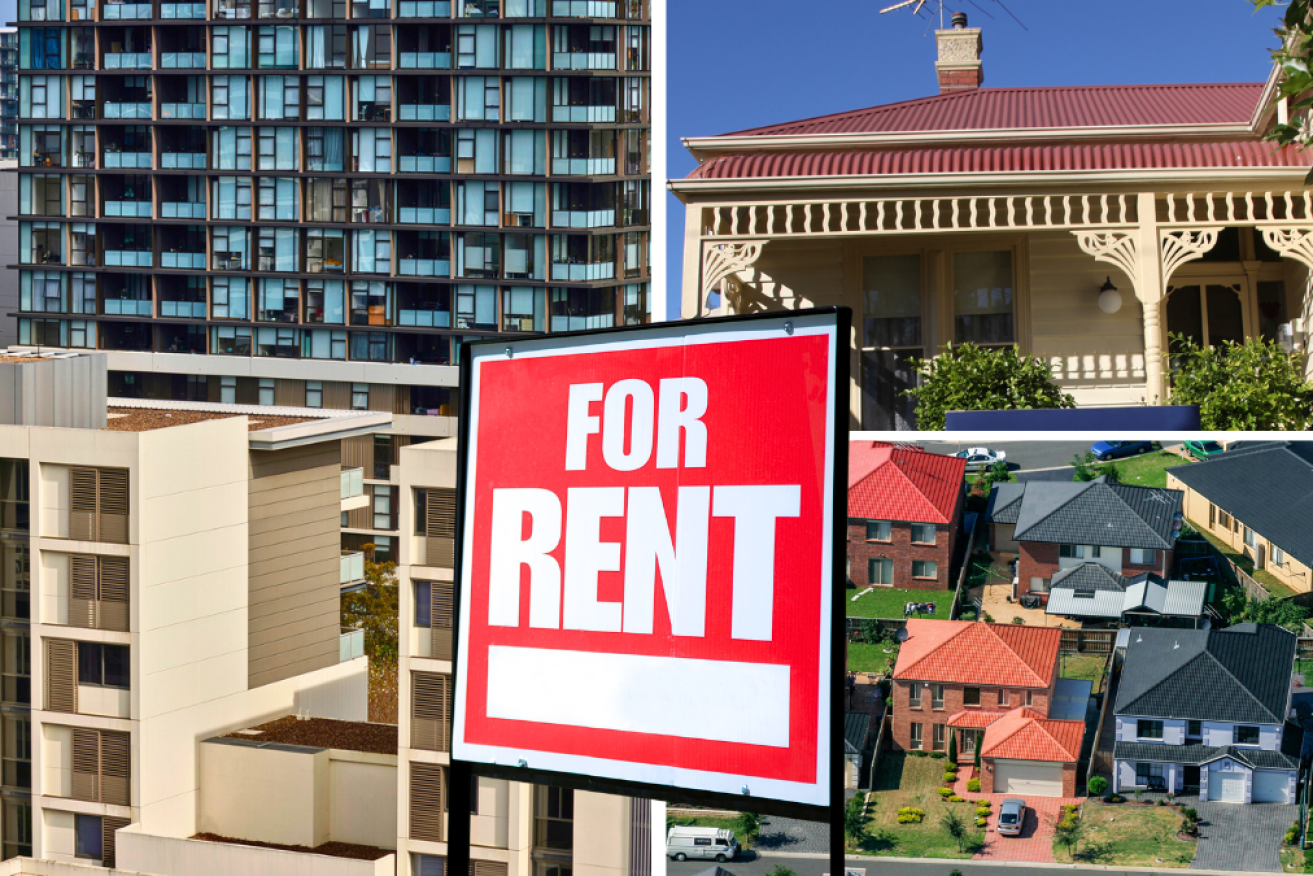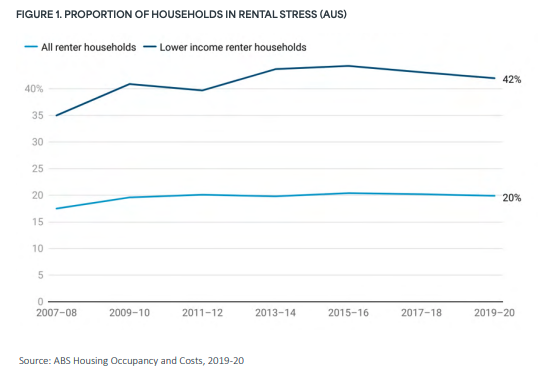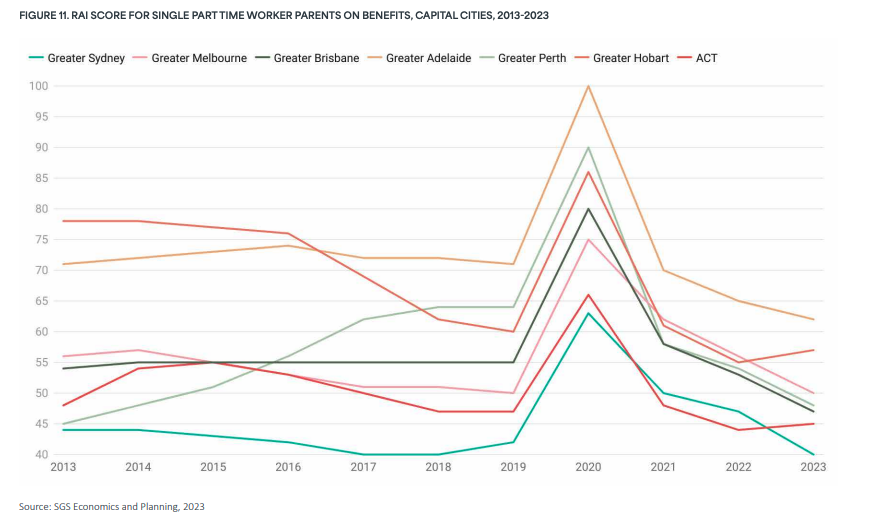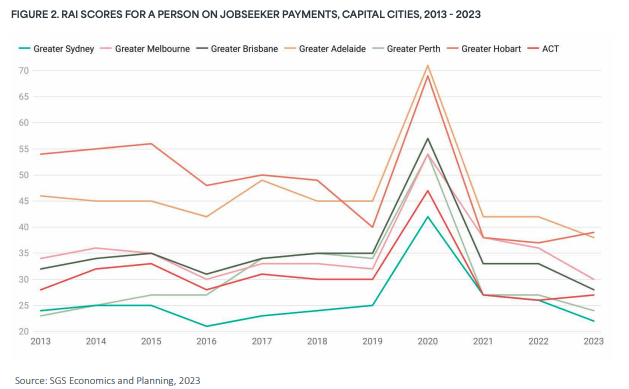‘Ground zero’: Rental affordability worsens with no solutions in sight


In a tight rental marked some people might feel obliged to accept a property in poor condition. Photo: TND
Australia’s rental crisis has lurched to a grim new low, with fresh data showing that affordability has sunk again on the back of sky-high prices that are outstripping wages growth for workers.
The 2023 Rental Affordability Index, published on Tuesday by National Shelter and SGS Economics and Planning, finds rental affordability has worsened in every major city and region, except for Hobart and Canberra.
Rents have outstripped income growth to the point that vulnerable Australians, including pensioners and single parents, can now no longer find affordable options in most places.
SGS principal Ellen Witte called it a “downward spiral” that also represents a serious economic problem, because many workers can now no longer afford to live near their jobs.
“We need to address this problem from multiple angles. This means expanding social and affordable housing investment, rethinking how we use tax subsidies for housing and strengthening renters’ rights,” she said.
Veteran housing economist Andrew Wilson said the key problem is there are not enough homes available to rent in Australia to meet rising demand, with few serious solutions on the horizon.
“We’ve reached ground zero with supply trying to catch up with demand,” he said.
“We just can’t build enough homes, and there’s no signs of improvement in new starts coming through, in fact they’re continuing to decline.
“All the intentions of the government are accounting for nothing at the moment.”
Where the rental crisis is worst
The latest data reveals that rental affordability is worst in regional Queensland, where average rents are $553 per week – 30 per cent of the average income.
In other words, the average worker renting the average property in this area is now by definition in rental stress.
As for the major capitals, Sydney has caught up to Hobart as the least-affordable rental market, with the worst result recorded since 2017.
Across Greater Sydney the average renting household now spends 29 per cent of its income on rent, costing $650 a week (on average) – that’s incredibly close to the threshold for stress.
All this means that an ever greater number of households are paying for unaffordable properties, with things looking even worse among the lowest income cohorts of Australia.
For example, Australians on JobSeeker allowances must spend 75 per cent of their income to rent a one-bedroom apartment in any capital city, while pensioners must spend at least half.
Real wages decline worsens rental stress
Wilson said a key factor in rising rates of rental stress is lacklustre income growth, with higher rents being made worse by the fact that wages aren’t keeping place with higher prices.
Real wages growth has been negative over the past year, while households relying on inflation-adjusted support payments have been hit by higher hikes for essentials than the headline CPI.
Such strains mean that Australians will increasingly need to adapt towards the new normal, Wilson explained.
“This means social change, that’s the key adaption point,” he said.
“People will be stuck in properties for longer, staying in family units for longer, and there will be more people per square metre of property.”
Vinnies national president Mark Gaetani said the rental crisis has been going on for “much too long and is getting worse”, which means that homelessness risks are peaking to record levels.
“The most visible impact of a lack of secure rental housing is the high number of people experiencing homelessness, currently at a record level of over 122,000 on any given night,” he said.
“On top of that are the many ‘hidden homeless’, along with the vast number of Australians living in poverty who forego paying for other essentials, including food, in order to cover their rent.”
Gaetani said 3.3 million people nationwide are currently living below the poverty line, including 761,000 children.
“Over the past year we have recorded a growing demand for emergency relief services, many of them first-time callers – the great majority were renters in low-income households.”











